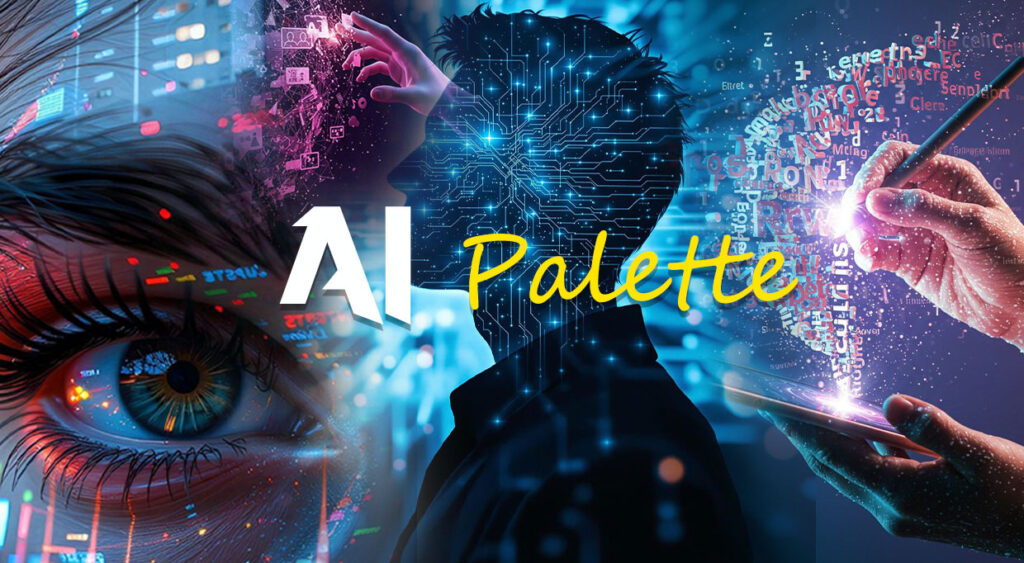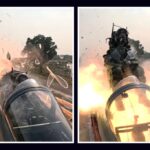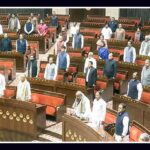In a time when artificial intelligence can churn out a poem, paint a digital canvas, generate Ghibli-inspired visuals, or even become an influencer with unsettling ease, artists across disciplines are asking a pressing question: Can AI ever truly feel? More importantly, can it create art that moves us – or worse, will it ultimately overshadow or erase the careers and legacies of human artists?
For Guwahati-based poet Shaheen Akhtar, the answer is clear. “True art… the kind that comes from lived experience and deep emotion will always need the human touch,” she says. “The most powerful art is not just what looks good, but what feels real. And that, for now, still belongs to us.”
Akhtar’s perspective goes to the heart of what makes art meaningful. In her view, creativity is not just about aesthetics or technical brilliance—it’s about feeling. While AI can analyze rhyme schemes, mimic literary styles, and produce grammatically perfect stanzas, it lacks the ache of heartbreak, the tremor of hope, and the rage of injustice—the emotional residue that seeps into every line a poet writes after a sleepless night or a moment of revelation. For Akhtar, poetry is not merely constructed; it is lived.
Assam-based visual artist and sculptor Papu Ghosh builds on this sentiment, underscoring that true art is born from human vulnerability, not flawless technique. “When someone paints something after heartbreak or writes a poem during a time of hope, that emotion gets transferred into the work,” he says. “That’s something machines can’t truly understand or feel—at least not yet.” For Ghosh, it is the imperfections, contradictions, and raw longings of the human experience that give art its emotional weight—something machines may imitate but can never embody.
“Nothing in this world can replace the magic that human hands can create,” he adds. “No matter how many pieces are generated by AI, art lovers will choose the original ones.”
In the world of cinema, the conversation gains added complexity. Muktismaan Hazarika, Assistant Professor in the Department of Mass Communication, Journalism & Media Studies at Cotton University and an independent filmmaker, takes a nuanced stance. “I see AI neither as an inherent threat nor as a guaranteed boon—it depends largely on how it is contextualized within the creative process,” he explains.
Hazarika acknowledges that filmmaking has always involved technological evolution – from celluloid to CGI -and sees AI as part of that continuum. The real question, he argues, is not whether AI is used, but how. “What’s at stake is not merely the use of AI, but whether it replaces or augments the distinct, lived experiences and ideological positions that shape human storytelling.”
As AI grows more capable of generating scripts, visuals, and even voiceovers, Hazarika believes the role of the filmmaker is shifting—from originator to interpreter. “The director and screenwriter may increasingly move from being creators to curators of meaning,” he says. Their role may centre around interrogating AI-generated content, shaping it through critical frameworks, and inserting the nuance that comes from personal, cultural, or political context.
Still, he draws a firm line at authorship. While Hazarika acknowledges AI as a technical collaborator, he argues it cannot be credited as a co-creator. “Authorship, in my understanding, involves not just contribution but aspects like accountability, intuition, and ethical positioning – the qualities AI, as it currently stands, does not possess.” Even if AI-generated art becomes indistinguishable from human-made work, he insists authorship still matters. “A film created by a human carries with it subjectivity, socio-historical context, and intentional voice.” Without that, he warns, we risk standardization and a polished but emotionally soulless artistic landscape.
For all three artists, the rise of AI has prompted a reevaluation of what it truly means to be creative. “It has compelled me to return to fundamental questions of why we create and for whom,” says Hazarika. “Being ‘creative’ is less about productivity and more about perspective. It is about the ethics of representation, the courage to dissent, and the articulation of lived experience.”
So, will AI take over art? Perhaps parts of it – background designs, formulaic content, or mass production. But the heart of art – the messy, tender, rage-filled, love-drenched core – still belongs to the human spirit. Machines may be able to replicate beauty, but not meaning. They can generate content, but not grief. They can learn patterns, but not pain.
Art, at its most powerful, is a mirror held up to the human condition. And as long as there are stories that ache, rebel, mourn, and hope – it is us, not machines, who will tell them.







